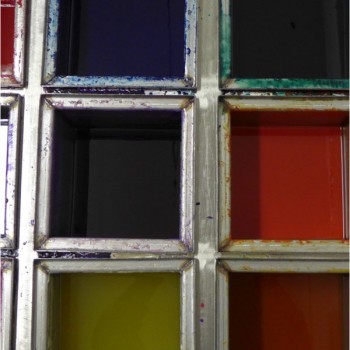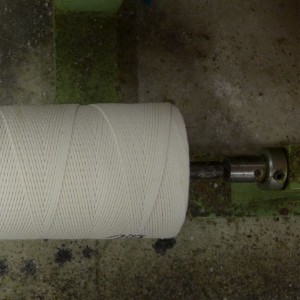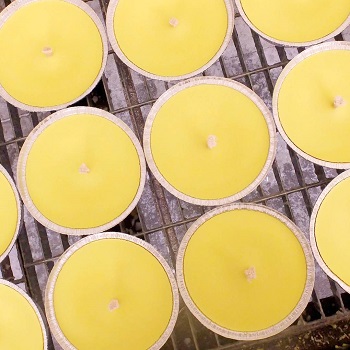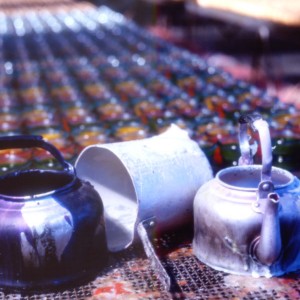La cereria Graziani, fabbrica di candele dal 1805, produce nel proprio stabilimento di Lorenzana cere di ogni forma e dimensione destinate ai mercati di tutto il mondo, cui associa una vasta gamma di accessori.
Graziani, wax chandlers since 1805, manufacture in their Lorenzana plant many kinds of candles that are shipped all over the world toghether with a wide range of bespoke accessories.
Raw materials

Wax
Are candles made of wax? The answer is “yes”, and the answer is “no”. Yes, candles are made of wax, but what does wax mean? We often think that wax means beeswax, but this is not the case. Wax is one of the states that materials can take (like solid, liquid, paste, gel).
“Wax” has two main features: it must have a pretty low melting point and it must be rather malleable at room temperature. All candles are made of wax exactly because these feature allow them to work properly. Waxes can be vegetable (soy wax, palm wax, stearin etc.), animal (beeswax, stearins, etc.), mineral (paraffines) and synthetic (very special, not in use in the candle industry). Most candles on the market are made of paraffin or vegetable waxes.

The wick
The wick is the soul of the candle. This think cotton thread is responsible for the correct burning of the candle. Manufactured with special cotton grown only in Egypt, it is treated and braided in a lot of different ways (using very complicated technologies), as each shape, each wax, each colour needs its very special wick.
All efforts aim at making candles that burn properly without any soot emission or dripping problems.

Citronella
Citronella oil is one of the essential oils obtained from the leaves and stems of different species of Cymbopogon. Citronella oil is also a plant-based insect repellent and has been registered for this use in the United States since 1948. The United States Environmental Protection Agency considers oil of citronella as a biopesticide with a non-toxic mode of action.
For our candles, we use citronella oil obtained from: Cymbopogon winterianus Jowitt (Java type), that consists of citronellal (32-45%), geraniol (11-13%), geranyl acetate (3-8%), limonene (1-4%).
The higher proportions of geraniol and citronellal in the Java type make it a better source for use in candles. Candles are a great carrier for citronella oil. In fact, citronella oil is diffused via the bowl of melting wax, whose temperature never reaches the point that would make the active principles deteriorate and lose their properties.
Citronella oil from Cymbopogon species should not be confused with other similar lemony oils from Corymbia citriodora and Pelargonium citrosum.

Clean energy
Any human activity needs energy and so does candle making. One of our priorities is choosing energy sources having a low environmental footprint.
Our choices:
– to heat our wax we use natural gas that feeds a steam generator;
– the burner modulates the flame and reduces consumption;
– return heat is reused by recovering 100% of condensations


